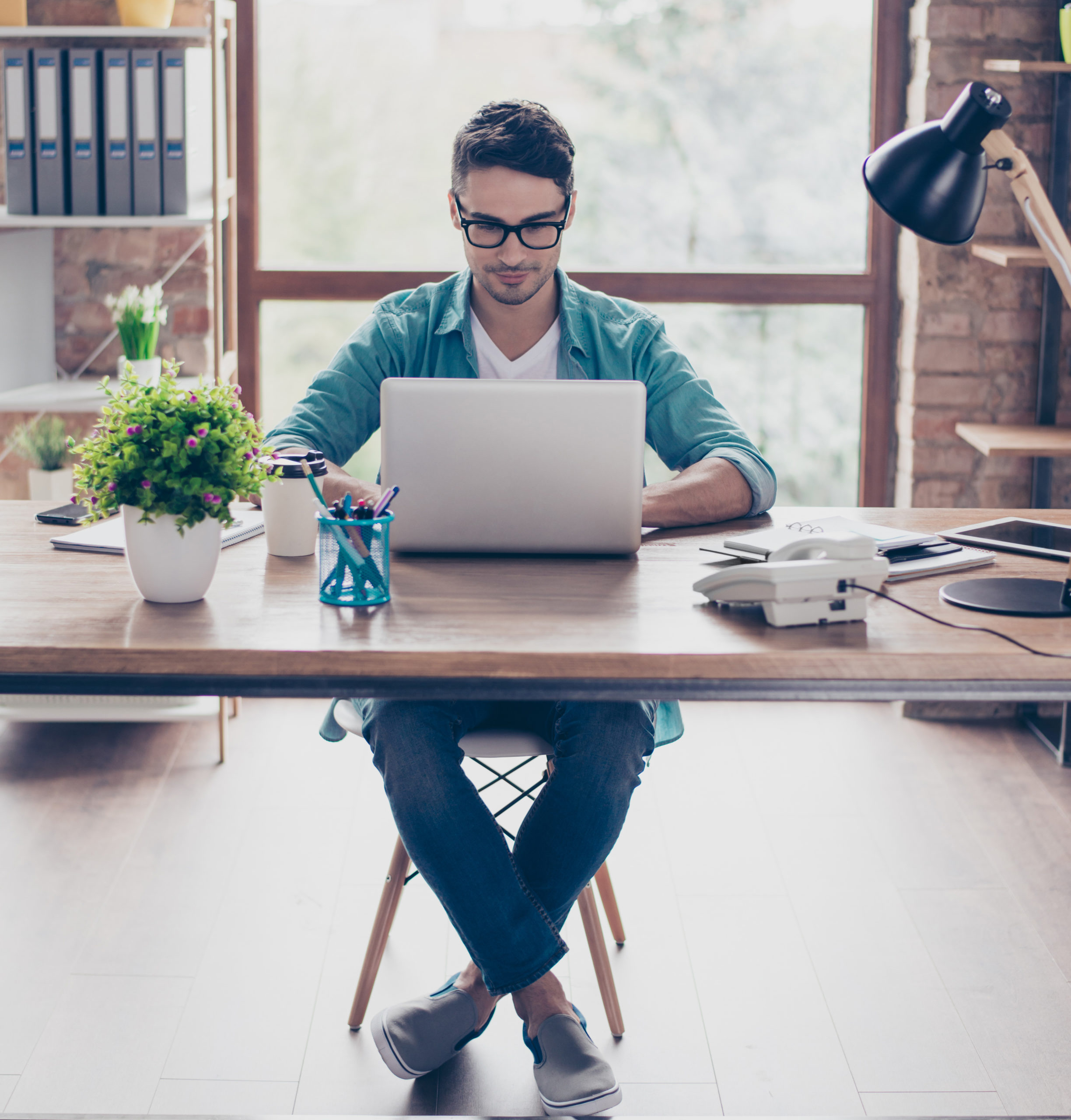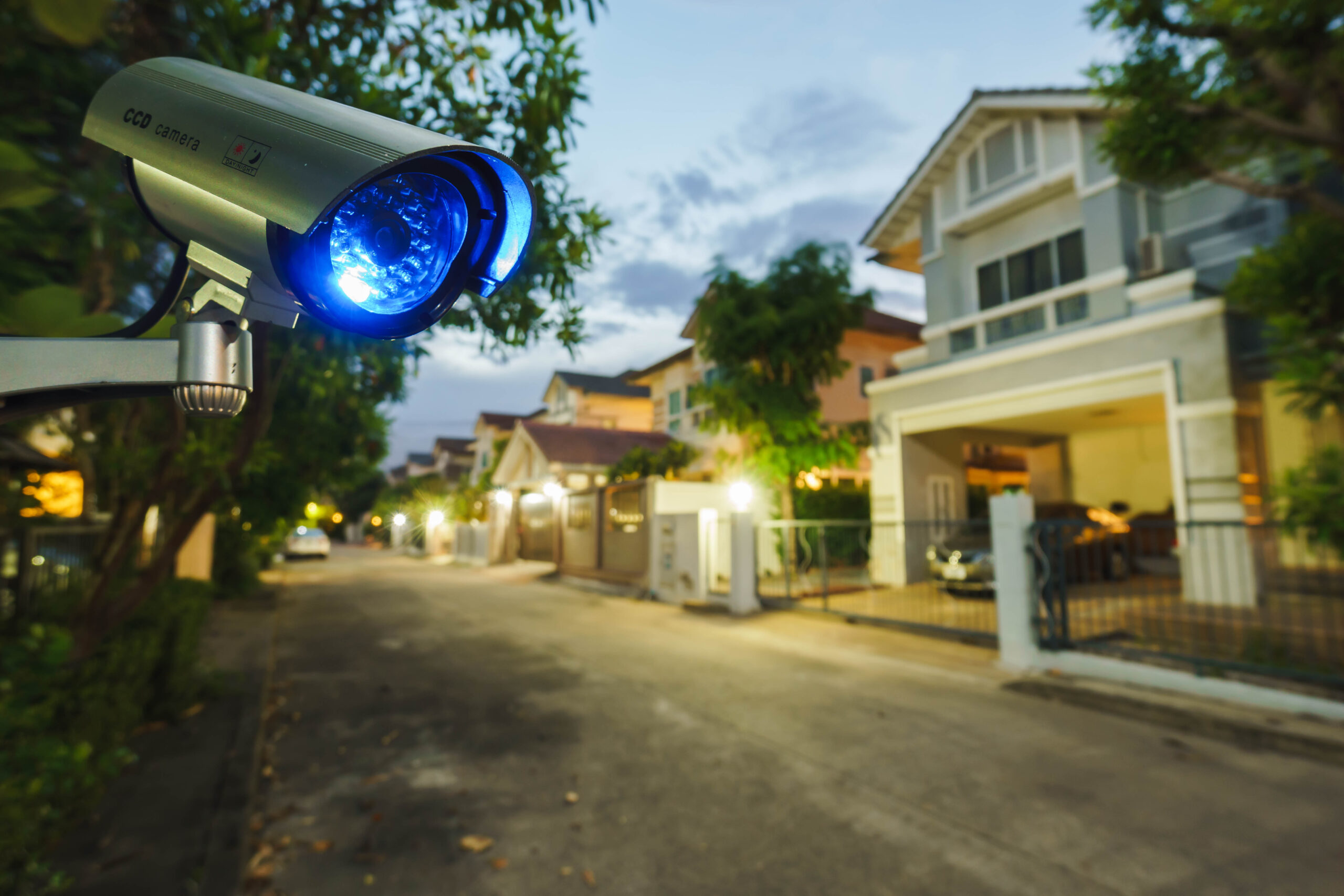By: Heath Reid
Remote work has become more popular than ever over the last few years. Even more, employers are likely to allow telecommuting on at least a part-time basis. Allowing employees to work from home can be a win-win situation, while the employee saves time commuting and the employer doesn’t have as much overhead in the office.
When working from home, it’s important to have a comfortable and safe environment, just like you would in the office. Read below to learn some ways to make your home office safer.
Properly Adjust Your Computer Screens
If you are constantly squinting or leaning into your computer screen, you can develop eye problems as well as neck and back injuries. You should place your computer screen about an arm’s length away, and the top third of the screen should be at eye level. Many computer screens come with adjustable stands. If yours doesn’t, you can get bases, drawers or other support structures to boost it up a few inches.
Make Sure Your Chair Is Ergonomically Adjusted
When your chair is ergonomically adjusted, you are able to work more comfortably and more efficiently. Proper height and calibration of your chair can prevent lower back pain as well as a muscle strain in other areas of the body.
You should be sitting in the seat when you adjust its height. Make it just tall enough so that your feet are flat on the floor. This will reduce leg cramping and improve your posture. Use a chair or pillow to provide support for your lower back. Many home office chairs can be adjusted in the lower back region to tilt forward or backward to accommodate your needs.
Use Plenty of Lighting
Your office should have bright white or yellow lighting that shines directly onto your desk. Lights that shine from above can reduce glare on your computer screen and avoid the discomfort of bright light in your eyes. Overhead lights should be as bright as possible while you are working.
If you need to engage in close-up tasks, handwriting or manipulation of small objects, you may also consider a small but bright desk lamp. The desk lamp should be concentrated to the area in which you need to focus. It should not shine directly into your eyes.
Consider a Separate Monitor, Keyboard and Mouse If You Use a Laptop
If you use a laptop as your main work computer, you may experience discomfort typing on the smaller keyboard and using the touchpad. It can also be difficult to see the small font and navigate multiple documents or other programs on a laptop screen. You should consider getting one or two separate monitors that are larger than the laptop screen. It can also be helpful to get an ergonomic keyboard and mouse to use on your desktop, allowing your hands extra room to navigate. Doing these things will also extend the use of your laptop so that you do not cause constant wear to its hardware.
Place Your Keyboard and Mouse Appropriately
The placement of your keyboard and mouse is important for staying safe in the home office also. They should be in appropriate positions to ensure you don’t strain your arms, shoulders and hands. This will also reduce common office injuries and conditions like carpal tunnel.
Your keyboard should be directly in front of your main monitor. It should be flat; do not use the keyboard legs to raise it. Adjust your keyboard height so that your wrists are level with your arm. Your hands should not be bent up or down. Use wrist rests for “micro breaks,” not wrist support.
Your mouse should be sized to fit comfortably in your hand. When you use it, you should not rest your forearm or wrist on the edge of your desk. Your fingers should be relaxed when using your mouse, and they should be slightly curved. Click buttons as gently as possible. Avoid bending your wrist when you use your mouse. You should take your hand off your mouse when you are not using it.
Clear Slip, Trip and Fall Hazards Out of the Office
In a typical office setting, your employer would ensure a safe workspace by designing the interior to remove slip, trip and fall hazards. In fact, many offices have janitors or cleaning people who clean up and remove things that can present dangers. However, when you’re working from home, you need to handle these hazards on your own.
For example, loose cords and electrical cables should be flush with a wall or taped down securely. If they must cross a walkway, you should cover them with a carpet or secure them in some other manner.
Take Breaks to Walk and Stretch
When working in an office, people are more likely to get up and gather around the water cooler or take a lunch break outside. However, many remote workers sit at their desks all day for hours on end. It’s important to get up for short walks and stretch breaks. Since no one else is present, you can even do some quick yoga or hop on your home exercise equipment. Even better, you can take a walk or jog around the block outside in the fresh air. These breaks will benefit you physically as well as mentally.
Be Creative When Promoting Safety in Your Home Office
There are many strategies you can use to create a safe working environment in your own home. While modern offices are often designed carefully and engineered for an ergonomic workspace, you can create a positive environment as well. In many cases, your employer might reimburse you for office necessities, and other things may be tax-deductible. Retain your receipts for home office purchases and check with your tax professional or accountant. The more you can improve your workspace at home, the more effective and efficient you will be at your job.








Leave A Comment